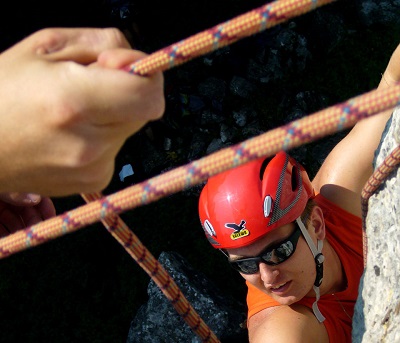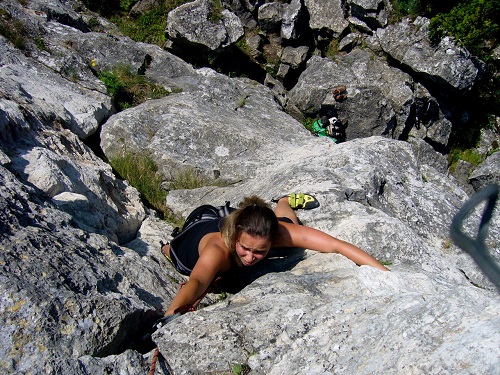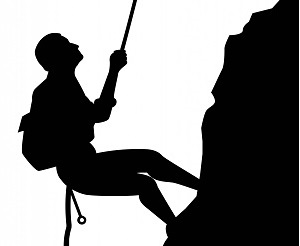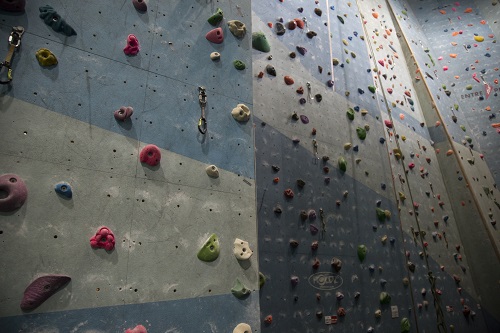Why Artificial Climbing Walls are Safer To Climb
We Are Tricycle have been hiring out climbing walls for years and the question we are always asked is: "Is it safe?". Well yes - in fact, artificial climbing walls are the safest way you can try your hand at the sport of climbing!
Climbing is a sport that is seeing a resurgence in popularity and there’s little wonder why. When one thinks of climbing, you might think of the great outdoors, with mountainous scenery and the sun shining.
But nowadays, more and more people are turning to climbing centres, mobile climbing walls and artificial walls, especially when they are learning and practicing.

The Most Dangerous Forms of Climbing
Free-climbing a natural cliff wall is by its very nature the most dangerous version of the sport, because it does not exist in a controlled environment. There's plenty of safety equipment that you can use to make free climbing safer, but these are not flawless, and every year sees a number of tragedies, with even some of the most famous climbers dying, especially when free-soloing.

Surfaces on cliff faces are subject to erosion, which can cause fittings to loosen over time - plus the top of the cliff is an active area and not a controlled environment, so it might be impossible to know what's happening above.
Climbers don’t so much wear helmets to protect their heads from falling as much as they wear them to protect them from debris falling onto them. Climbing a natural cliff face poses a greater risk of falling debris, as cliff edges are usually not professionally maintained, whereas mobile climbing walls are inspected under a regular and routine basis.
Climbing is a skill, and part of that skill is feeling the tension of the rope, and being aware of your surroundings; this allows climbers to develop an early warning system when there’s something wrong. Experienced climbers can also spot at a glance if there is a problem with the stability of a harness fitting.
There’s another thing worth mentioning too - when climbing in the wild, the floor is rarely a soft landing! This is why it’s mostly experienced climbers who use natural cliff faces, with newcomers and inexperienced people only ever climbing under intense supervision.

The Safest Forms of Climbing
When you compare this to an artificial climbing wall there is no contest on which is safer. We've already noted that artificial climbing walls follow a safety regulation procedure which requires regular maintenance. This means all of the fittings are safely fixed and anything worn down is repaired or replaced before use.
There are no loose rocks or debris to catch you off guard and fall onto other climbers, and if anything does go seriously wrong and someone falls (which is rare but can happen) the floor is a crash mat rather than a hard surface, which minimises the likelihood of anything more than a bang and a bump.

We Are Tricycle are highly vigilant with the safety procedures on all of our items - and we deal with high-maintenance and complex equipment such as roller coasters and funfair rides - and our climbing walls are no different. On top of that, with an artificial climbing wall in a controlled setting, there’s always someone to supervise and help when it’s needed.
Climbing is fun wherever you are, and with the safety features and procedures artificial walls have in place, We Are Tricycle have in place mean you can enjoy your time without the fear of incident. Contact us for more information or to make an order.